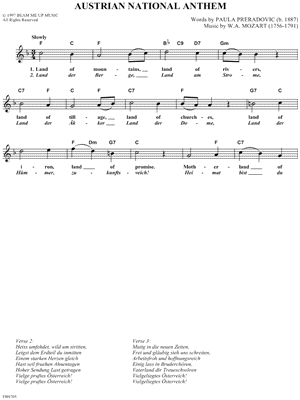

If your tune is in the key of C minor, it helps to know the notes of a C minor chord because that chord will feature prominently and your melody is likely to follow that contour.

A good knowledge of Harmony can help you navigate a tune because certain musical occurrences are likely to lead to other certain outcomes. I play around with the rhythms of the passage until they approximate what I want.īut, if you are really serious about transcribing your ideas accurately, it helps to study Theory. I stop when I hit what sounds like a correct pitch. If I'm not sure, I just enter a random note and then move it up or down with the arrow keys. I find the notes either on a melodica and then go to musescore or I open musescore and find the notes. I like jotting my ideas down in musescore. Give these suggestions a try and let me know the results! The resulting MIDI file will sound horrible, but it will import much better from a notational point of view. split each voice on a different MIDI channel, THEN (if needed) join the channels on a single staff in MuseScore get rid of any pitch bending data and substitute them with "real" MIDI notes (MuseScore does not transcribe MIDI pitch bending)ĥ. MuseScore is not that good in importing tuplets via MIDI - sometimes leaving them "out of the way" and adding them by hand in a further step is a better choice than having to correct a bad importĤ. quantize not off as well, keeping in mind that the musician who reads a score adds lots of "virtual rests" by himself according to the meaning of music, and that those rests (if explicitly written) make sheet music a messģ. quantize note on with mathematical accuracyĢ. What do I mean by "good for importing"? Well, let's see.ġ. The "trick" is load the MIDI file in a MIDI editing program and edit it in order to make it good for importing.

I have one more suggestion for the OP, as regards using MuseScore to engrave the music contained in a MIDI file.


 0 kommentar(er)
0 kommentar(er)
